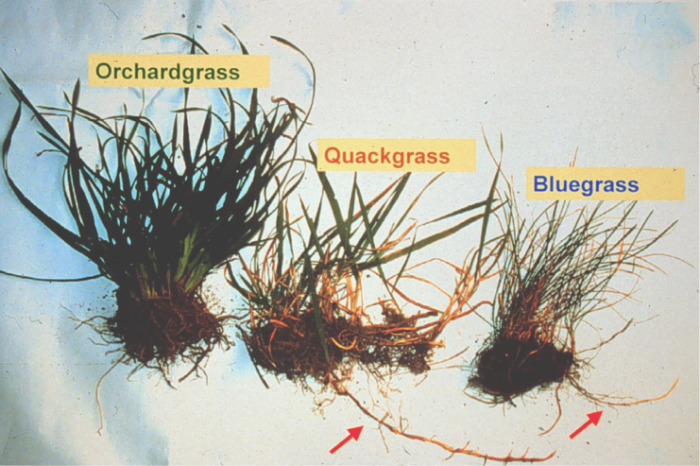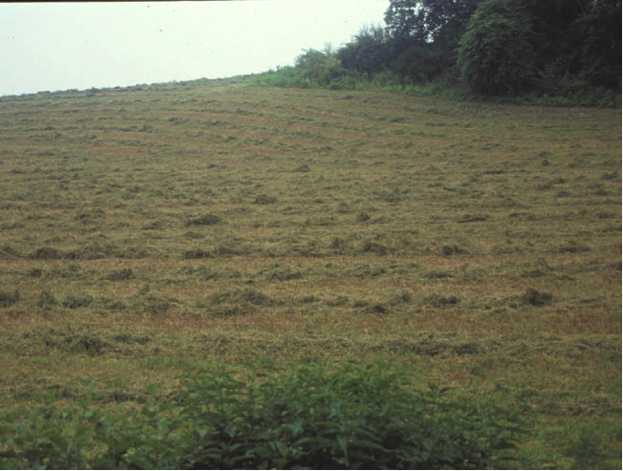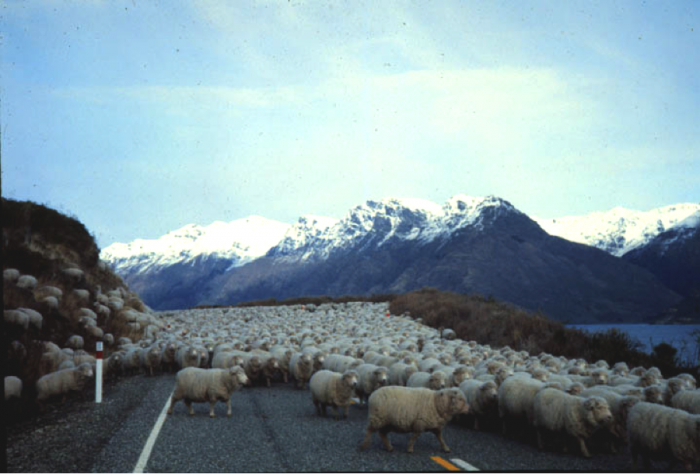Perennials and Soil Conservation
Because perennials allocate a high proportion of their growth to vegetative structures and regrow for many years, they can: i. protect soil from erosion; ii. return organic matter (carbon-based materials that originated from living organisms) to the soil, providing multiple soil health benefits; and iii. remove carbon dioxide from the atmosphere, potentially sequestering (storing) carbon in the soil or aboveground plant biomass. Forests, for example, sequester carbon above-ground in trees and in below-ground root systems.
Perennial grasses, in particular, have dense, fibrous roots that protect soil from erosion well and are valuable plants for soil conservation. In addition, over the years, some perennial roots and aboveground plant tissues die when environmental conditions limit growth (ex. drought, winter, grazing), and accumulate organic matter and nutrients in the soil. The majority of the most fertile and deep agricultural soils of the world were formed under natural perennial grasslands, whose deep root systems accumulated organic matter in the soil which contributed many beneficial soil properties, as well as carbon sequestration. Some annual crops can also contribute to conserving soil and add organic matter to the soil if a large portion of the crop residue is left on the soil surface, such as corn stalks left on a field after the grain is harvested.




